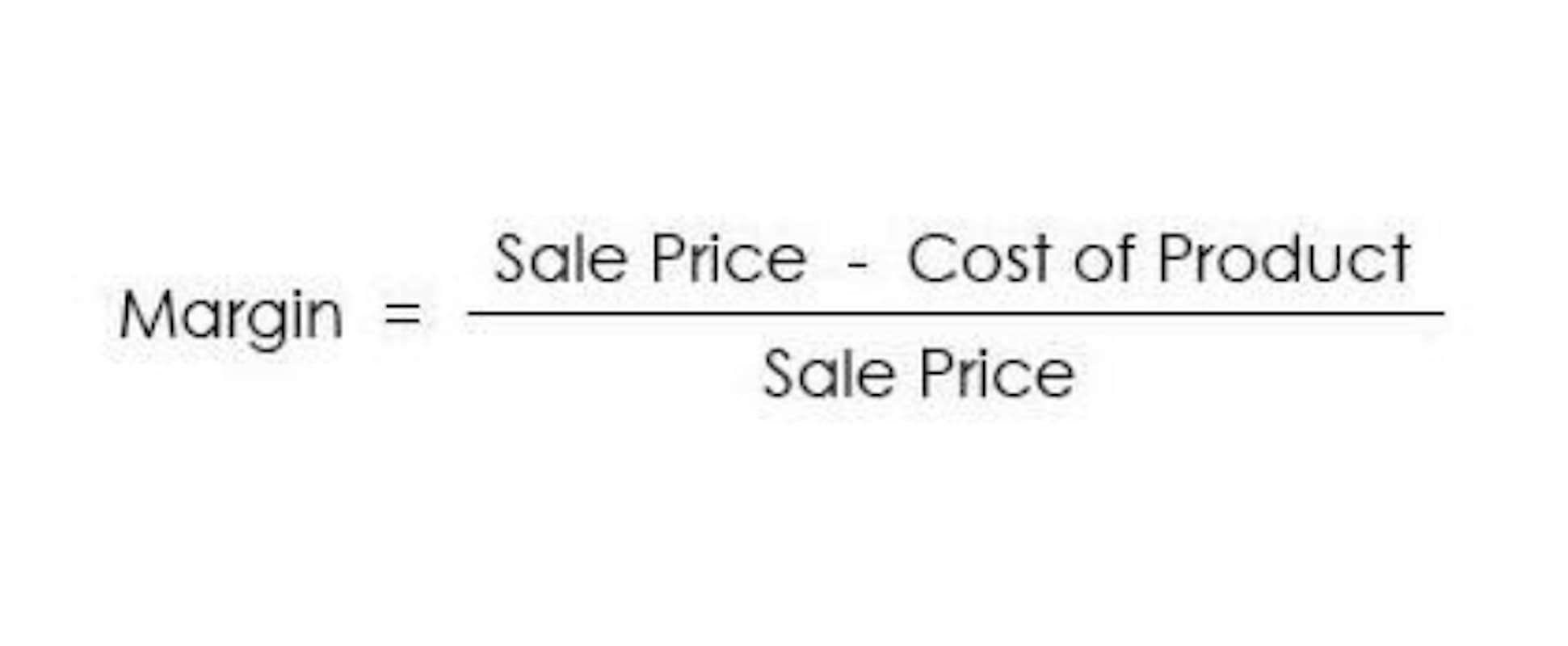
This analysis helps Maple Leaf Manufacturing understand how costs will change with different production levels, aiding in decision-making and financial planning. Every month, you pay a set amount for your plan—that’s the fixed cost. This formula helps us figure out costs better by showing us how they go up or down with production levels. Let’s say your company rents machines to make products—the rent would be your fixed cost since it stays the same each month. ‘a’ stands for the fixed cost—this is the part that doesn’t change no matter how much you produce or sell. ‘b’ represents the variable cost per unit—this changes depending on your level of activity.

Advantages of Mixed Cost Analysis

This analysis provides a clear target for sales efforts and aids in assessing the financial viability of various business strategies. A mixed cost (also called a semi-variable cost) is an expense with both fixed and variable components. Part of the cost stays the same regardless of your business activity, while the rest increases or decreases depending on how much you https://staging.nitrilhandschuhe.ch/best-account-reconciliation-software-solutions-for/ produce, sell, or operate. Understanding mixed costs helps you budget better, price products accurately, and boost profitability. Mixed costs, also known as semi-variable or hybrid costs, are expenses that have both fixed and variable elements.

Module 6: Cost Behavior Patterns
- This means that a portion of the cost is fixed, while the other portion varies with the level of activity or production.
- Mixed cost is a type of expense that includes both fixed and variable elements.
- The difference between the costs at the highest and lowest production levels represents the variable cost.
- This analysis provides a clear target for sales efforts and aids in assessing the financial viability of various business strategies.
This is a simple method to analyze the cost structure using the peak and trough production times, although it does not consider all factors. In our example, it does not account for the fewer working days during December due to the Holiday season. Firstly, planning – this relates to how much is going to be spent and how much finance is needed to support all of the spending. This will involve working out elements such as how many units need to be produced, how many units of material need to be purchased and how much resource need to be set aside.
- Another significant challenge in cost accounting is the reliance on inaccurate assumptions about cost behavior.
- Examples include raw materials, sales commissions, or hourly wages tied to production.
- By conducting variance analysis, companies can identify the fixed and variable elements within these bills, enabling them to develop targeted management approaches.
- Variable cost per unit does not change As volume changes the total cost changes in the same direction.
- In a cost graph, fixed costs are represented as a horizontal line, illustrating that they remain constant regardless of the level of business activity.
- The X-axis will represent the total units for each activity level, while the Y-axis will represent the mixed cost.
Let us put together the right accounting solution for you
Unlike variable costs, which increase or decrease with production levels, fixed costs must be paid even if no output is produced. A mixed cost, also known as a semi-variable or semi-fixed cost, combines elements of both fixed and variable expenses. This means a portion of the cost remains constant regardless of the activity level, while another part fluctuates in direct proportion to changes in activity.
Examples:
Mixed costs, also known as semi-variable or semi-fixed costs, are expenses that contain both fixed and variable components. This means that part of the cost remains constant regardless of the level of activity, while the other part varies with changes in production or sales. Their presence adds complexity to cost estimation, as they consist of both fixed and variable elements.
The total amount can vary each month because it depends on how much you use or produce in addition to the constant part. Therefore, managing these fixed charges efficiently is crucial for stability and success in any industry. These methods often require specialized expertise and can be time-consuming, adding complexity to the analysis process.

Identifying Mixed Costs in Business Operations
Thus, the mixed cost can be broken down into a fixed cost of $5,000 and a variable cost of $5 per unit. This calculation reveals how many units you need to sell for profitability while accounting for mixed cost structures effectively. Accurate reporting plays a pivotal role in revealing trends and patterns, thereby empowering decision-makers to make informed adjustments. With a deep understanding of these dynamics, organizations can effectively control and minimize the impact of cell phone bills on their financial resources. Implementing cost allocation methods such as activity-based costing or cost pooling can aid in accurately attributing utility costs to specific departments or products. Embracing a proactive approach to cost management, through energy conservation initiatives or negotiating favorable utility contracts, can further optimize financial performance.

In the previous post about mixed cost, we stated that a mixed cost is just the sum of the variable mixed cost and fixed components. This is fairly easy to deal with when we are dealing with an external cost where we are given the variable rate and the fixed cost. It would appear practically impossible to calculate the total fixed and variable costs from start to end.
Examples
- A mixed cost, also known as a semi-variable or semi-fixed cost, combines elements of both fixed and variable expenses.
- The graph helps to visualize the relationship between the costs and production levels.
- For instance, a retail store will pay the same amount in rent whether it sells 100 or 1,000 units in a month.
- To do this, you need to identify the highest and lowest production levels and the corresponding costs.
- You might consider the mixed cost as a wholly fixed or variable cost.
These expenses increase or decrease based on how much work a business does. For example, if a company makes more products, it will spend more on materials and labor. Mixed cost is Accounting for Churches a type of expense that includes both fixed and variable elements. It changes with the level of activity, but part of it remains constant regardless of changes in activity. For example, suppose a business is producing a product and incurs $100 in additional costs as production increases. In that case, it can use regression analysis to estimate the total cost at various production levels.










Comments are closed.